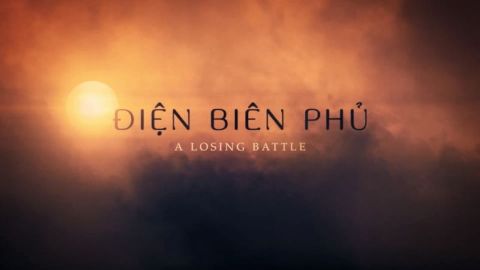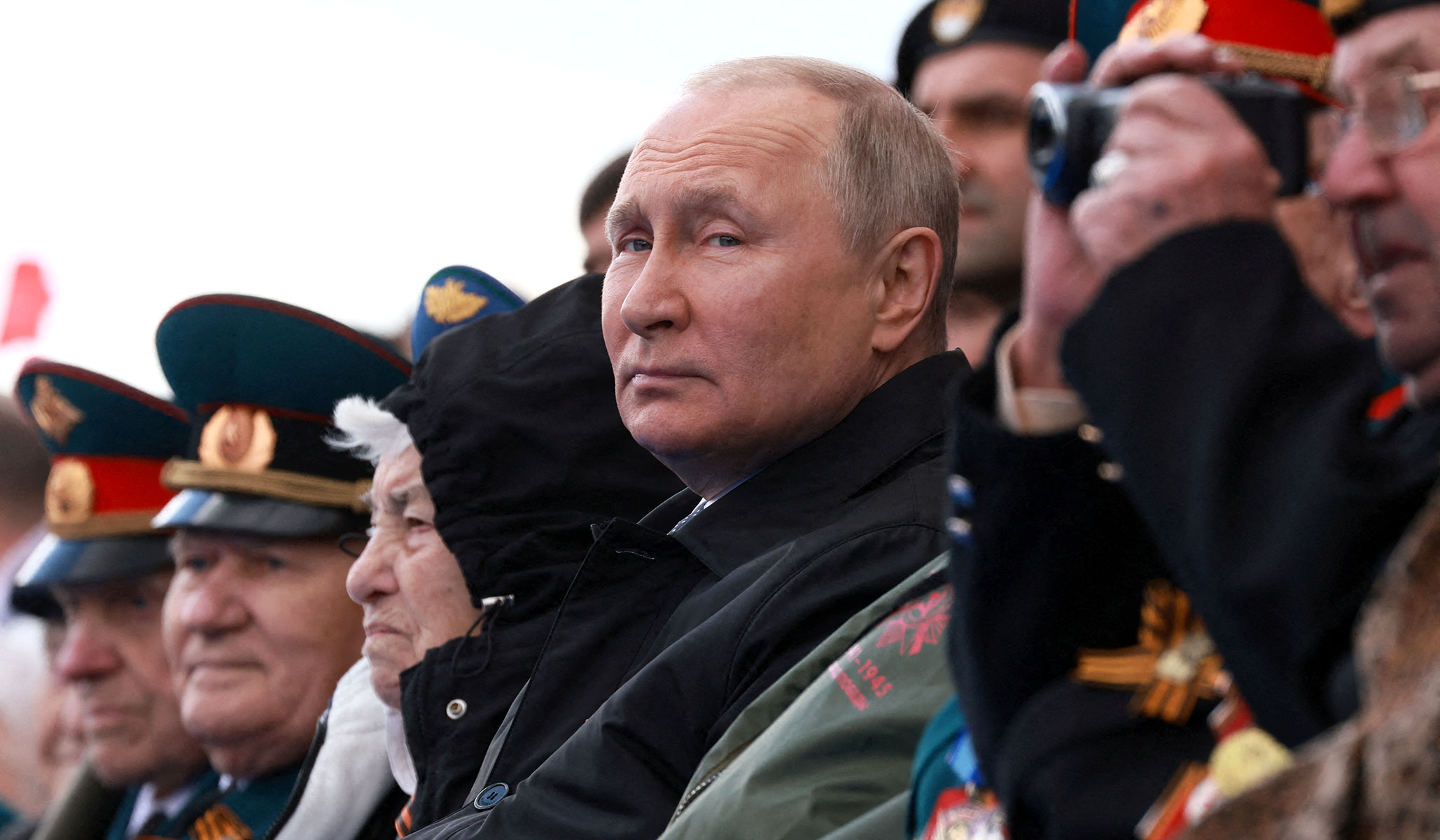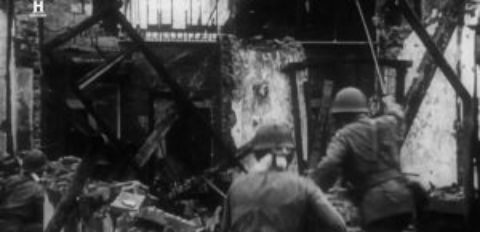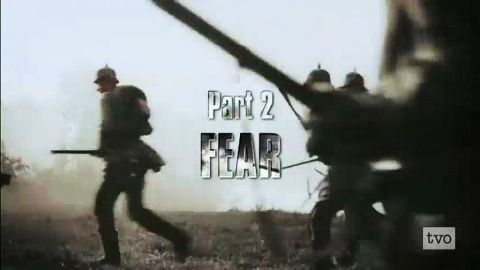Titanic: Into the Heart of the Wreck • 2021
For the last 35 years, they have been exploring the most mythical wreck in the world, but now 108 years after it sank, the Titanic is under threat. Resting at over 12,500 feet below sea level and 380 nautical miles off the coast of Newfoundland, in pitch darkness, the most famous shipwreck in the world is being consumed by a colony of iron-eating bacteria. This slow and irreversible decay, according to the most concerned experts, will sweep away all the secrets of the mythic liner within a few decades.
Make a donation
Buy a brother a hot coffee? Or a cold beer?
Hope you're finding these documentaries fascinating and eye-opening. It's just me, working hard behind the scenes to bring you this enriching content.
Running and maintaining a website like this takes time and resources. That's why I'm reaching out to you. If you appreciate what I do and would like to support my efforts, would you consider "buying me a coffee"?
Donation addresses
BTC: bc1q8ldskxh4x9qnddhcrgcun8rtvddeldm2a07r2v
ETH: 0x5CCAAA1afc5c5D814129d99277dDb5A979672116
With your donation through , you can show your appreciation and help me keep this project going. Every contribution, no matter how small, makes a significant impact. It goes directly towards covering server costs.





